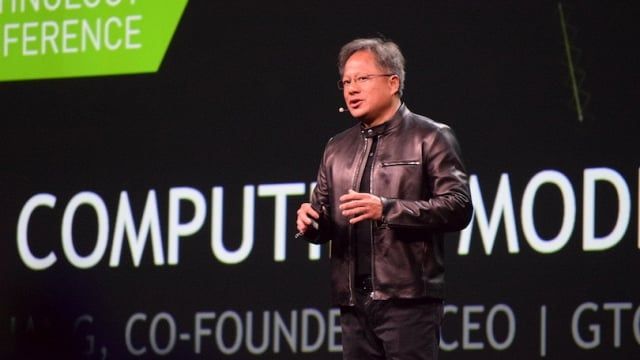Space shuttle launches are expensive and inefficient, but for now they’re the only way we have of getting into space. For now. But it’s possible that we’ll soon have an elevator. Here’s how.
Full story at In a Nutshell.
Space shuttle launches are expensive and inefficient, but for now they’re the only way we have of getting into space. For now. But it’s possible that we’ll soon have an elevator. Here’s how.
Full story at In a Nutshell.
Still haven’t had enough of SpaceX’s rocket landing in the middle of the ocean? Well, new 4K video is here to satisfy you and then make you hungry for more. Late last night, SpaceX released high-definition footage taken from a chase plane, showing the Falcon 9’s delicate descent onto the autonomous drone ship “Of Course I Still Love You.”
The extra detail gives you a nice glimpse into how the rocket’s legs deployed just prior to landing (and that one of the legs seemed to lag behind the rest). It also shows how the vehicle landed a little off its mark. SpaceX probably didn’t want to show off too much by hitting the bulls eye. That just wouldn’t have been fair.
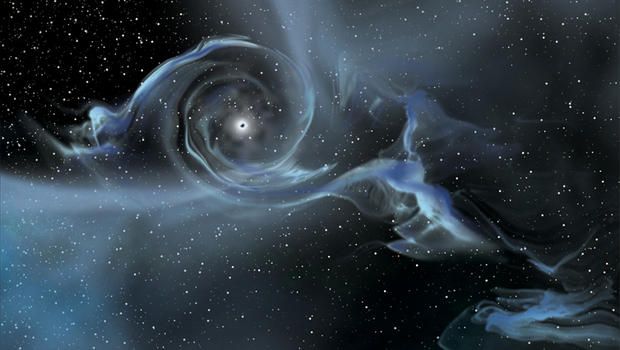
If you believe the creations of science fiction, black holes serve as gateways to other worlds, either distant parts of this universe or other universes entirely. But the reality might be more complicated than that. And outside of the sci-fi realm, dropping into a black hole is a bad idea.
Even so, it turns out that people who enter a black hole would have at least a slight chance of escaping, either back into their own world or to some exotic place. This is because black holes actually bend space itself, and so could bring points that are ordinarily distant from each other much closer together.
An oft-used analogy is the bending of a piece of paper. If you draw a line on the paper, it follows the paper’s shape and the line’s length is unchanged by bending the paper. But if you go through the paper, the end points of the line are much closer to one another. Understanding this requires diving into Einstein’s theory of relativity as applied to gravity. [5 Reasons We May Live in a Multiverse].
Steve Jurvetson is a man of many facets – and he can 3D print a rocket that achieves Mach 1.8 (that’s 1,363 mph) in 2.6 seconds and reach an altitude of nearly 9,500 feet.
The Mach number is named after the Austrian physicist and philosopher, Ernst Mach. The terms “subsonic” and “supersonic” basically refer to speeds below and above the local speed of sound, so you should have some idea how fast these tiny rockets are traveling.
Jurvetson is a partner and managing director at Draper Fisher Jurvetson, a venture capital firm, and his board responsibilities include projects like SpaceX, Synthetic Genomics, and Tesla Motors. He was also a founding venture capital investor in Hotmail, led DFJ’s investments in companies acquired for $12 billion in aggregate, and he was an R&D Engineer at Hewlett-Packard. His technical experiences include programming, materials science research, and computer design at HP’s PC Division, the Center for Materials Research, and Mostek.
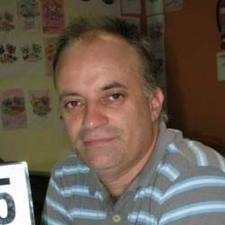
The as yet confirmed 9th planet, how to get there, how to stop, and what it will take. By the great Adam Crowl.
We haven’t yet found Planet Nine, but the evidence for its existence is solid enough that we can start thinking about its possibilities as a mission target. That work falls in this essay to Adam Crowl, a Centauri Dreams regular whose comments on articles here began not long after I started the site. An active member of the Project Icarus attempt to re-design the 1970s Project Daedalus starship, Adam is also the author of Crowlspace, where his insights are a frequently consulted resource. Today he harkens back to a 1960s science fiction story that has given him notions about a way not only to reach Planet Nine but to establish orbit around it.
by Adam Crowl

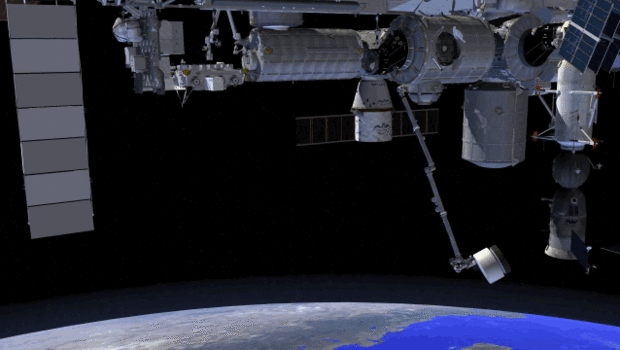

SpaceX started with a plan to send mice to Mars. It got crazier from there.
In late October 2001, Elon Musk went to Moscow to buy an intercontinental ballistic missile. He brought along Jim Cantrell, a kind of international aerospace supplies fixer, and Adeo Ressi, his best friend from Penn. Although Musk had tens of millions in the bank, he was trying to get a rocket on the cheap. They flew coach, and they were planning to buy a refurbished missile, not a new one. Musk figured it would be a good vehicle for sending a plant or some mice to Mars.
Ressi, a gangly eccentric, had been thinking a lot about whether his best friend had started to lose his mind, and he’d been doing his best to discourage the project. He peppered Musk with links to video montages of Russian, European, and American rockets exploding. He staged interventions, bringing Musk’s friends together to talk him out of wasting his money. None of it worked. Musk remained committed to funding a grand, inspirational spectacle in space and would spend all of his fortune to do it. And so Ressi went to Russia to contain Musk as best as he could. “Adeo would call me to the side and say, ‘What Elon is doing is insane. A philanthropic gesture? That’s crazy,’” said Cantrell. “He was seriously worried.”
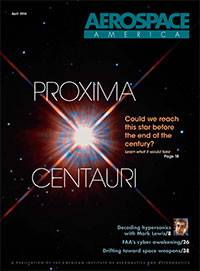
Interesting…
BY 2099.
The April issue of Aerospace America, the flagship journal of the American Institute of Aeronautics and Astronautics (AIAA), features an article on interstellar travel. Among the topics presented, i4is’ Project Dragonfly.
You can find the full article under this link:
http://www.aerospaceamerica.org/Documents/Aerospace_America_…il2016.pdf
The AIAA is the largest aerospace non-profit in the world.
